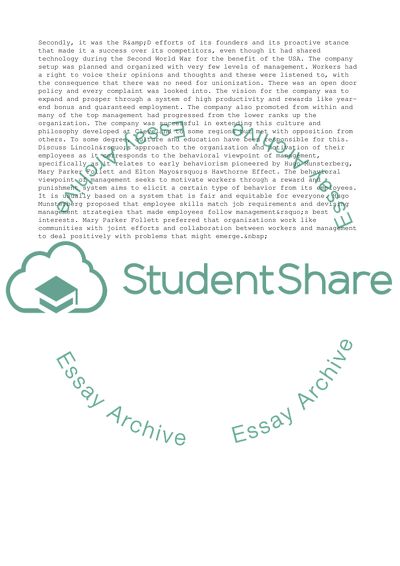Cite this document
(“The Four Methods in Lincoln Electric Case Study”, n.d.)
The Four Methods in Lincoln Electric Case Study. Retrieved from https://studentshare.org/management/1595547-the-final-case-study-fo-my-mgt-class
The Four Methods in Lincoln Electric Case Study. Retrieved from https://studentshare.org/management/1595547-the-final-case-study-fo-my-mgt-class
(The Four Methods in Lincoln Electric Case Study)
The Four Methods in Lincoln Electric Case Study. https://studentshare.org/management/1595547-the-final-case-study-fo-my-mgt-class.
The Four Methods in Lincoln Electric Case Study. https://studentshare.org/management/1595547-the-final-case-study-fo-my-mgt-class.
“The Four Methods in Lincoln Electric Case Study”, n.d. https://studentshare.org/management/1595547-the-final-case-study-fo-my-mgt-class.


